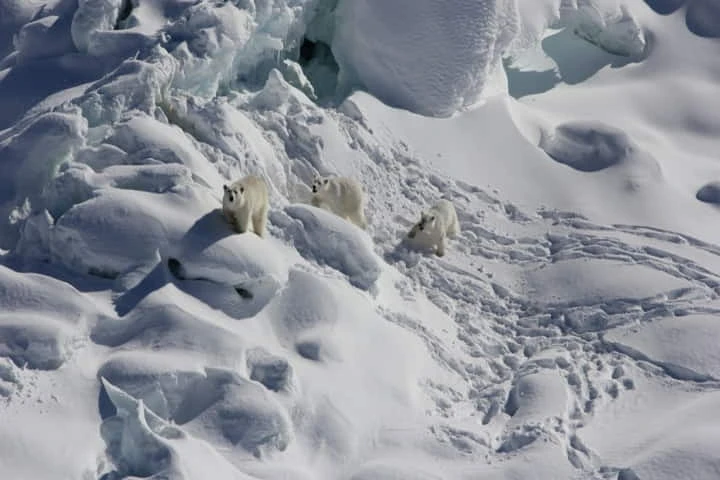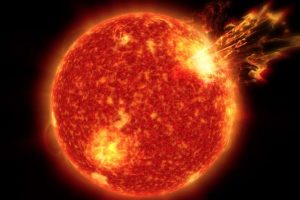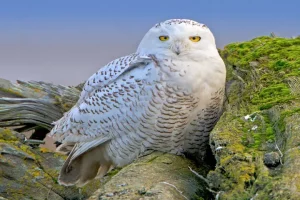There is a glimmer of hope for wildlife lovers and conservationists as a population of polar bears in Greenland has been found in a place where they were not expected to be! Earlier, this group was deemed to be part of another one in the neighbourhood but now it transpires that this community had been out of sight for many years, as per a report in livescience.com.
These mammals were found on the sides of fjords. Fjords are inlets on the coasts where the glaciers meet the ocean. They look for food by preying on glacial ice patchwork that breaks up in these inlets. This finding suggests that some of the creatures are capable of adapting with the sea ice fast vanishing due to change in climate.
Talking to Live Science on this aspect, the lead researcher Kristin Laidre said: "Glacier ice may help small numbers of polar bears survive for longer periods under climate warming, but it is not available for the vast majority of polar bears.”
Laidre is a wildlife scientist at Polar Science Center at the University of Washington.
Before this find, 19 subpopulations of polar bears or Ursus maritimus in the Arctic Circle were known. Among them, one found across the eastern coast Greenland coast actually consists of two groups which are completely separate.
On looking at the tracking record of the last 36 years gathered from the GPS collar tagged bears it was detected that those living in southeast Greenland did not go above a latitude of 64 degrees north, while those inhabiting the northeast region also did not pass the same line in the other direction. Sampling the genes of these two groups led to finding that they were distinct from each other.
In their paper published in the journal Science, the researchers wrote: "We present the first evidence for a genetically distinct and functionally isolated group of polar bears in southeast Greenland, which meet [the] criteria for recognition as the world's 20th polar bear subpopulation.”
The southeastern group consists of 300 individuals, even though zeroing on exact numbers is tough. It is genetically different from the other groups and the comparison of the genes suggests that they moved from the northeastern population 200 years ago.
While these bears are land predators they are treated as marine creatures since they depend on aquatic diet like seals, for their survival. Hunting for prey they use the sea ice as a platform to pursue them. Global warming is drastically bringing down the sea ice quantity and thus reducing the habitat of the bears.
The sea ice goes and comes in the Arctic – available in autumn, it melts in spring. The bears are capable of surviving between 100 to 180 days hungry when the sea ice vanishes during the summer. Climate change is delaying the freezing of sea ice but melting them sooner than before – pushing the bears to sheer starvation.
The newly found group — southeastern polar bears – reside in the Arctic Circle’s southern edge where there is no sea ice for more than 250 days a year yet these animals are managing well.
Providing the reason for this, the scientists suggest that the mammals are using glacial melange or ice bits that break off from fjords’ glaciers to their advantage and use it like sea ice to locate food. Remarking on this, the researchers wrote: "This suggests that marine-terminating glaciers may serve as previously unrecognized climate refugia.”
What has protected the southeastern group is the fact that it is nowhere close to human populace thereby protecting them from poachers but they do face the perilous steep slopes of the fjords. Their birth rate is low when compared with other groups which scientists ascribe to the difficulty mates have in reaching each other.
While the uncovering of this new subpopulation of polar bears is being greeted with certain optimism, it in no way changes the harsh reality of climate change in the Arctic region and its effect on these mammals.
Reiterating this Laidre remarked: "Loss of Arctic sea ice is still the primary threat to all polar bears. This study does not change that." The International Union for Conservation of Nature Red List has identified polar bears as vulnerable to extinction and there are just 36,000 left in the wild but the species could vanish by the end of the century.




















